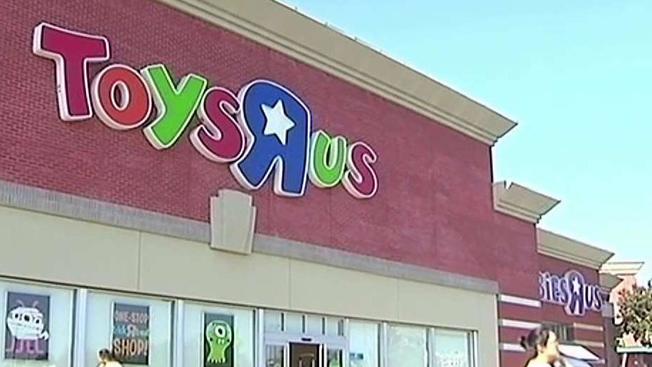
CHICAGO—Certain portions of the retail sector are doing well in today's very challenging environment, but the overall picture remains somewhat grim, especially in Chicago and other Midwest metro areas. Officials from Ten-X Commercial, an online and only end-to-end transaction platform for commercial real estate, say retail's slow recovery, which already lags behind other sectors, has slowed or even come to a halt. Overall investment in retail properties fell to $15.3 billion in the fourth quarter of 2017, a 19% drop from a year earlier, according to the firm's latest US retail market outlook.
Ten-X also picked the top five “buy markets,” or those that can withstand the onslaught of e-commerce due to with expanding populations, job and wage growth, and increasing shopper counts, and the top five “sell markets” where retailers must confront poor local economic indicators. The former includes Austin, Denver, Dallas, Houston and Salt Lake City, while Chicago, Detroit, Kansas City, Northern New Jersey and Memphis land in the sell category.
“In terms of brick-and-mortar stores and the real estate that supports it, the phrase 'retail apocalypse' is no hyperbole,” says Peter Muoio, Ten-X chief economist. “Store footprints are continuing to shrink, and we are seeing droves of traditional retail assets being repurposed or simply demolished. Headlines of store closings and bankruptcies of household names like Toys “R” Us and Radio Shack are some of the most visible signs of the massive reordering taking place in the retail space. While there are some markets that have managed to stay afloat and even thrive, the national retail picture is decidedly bleak.”
E-commerce, the top culprit in the decline of brick-and-mortar retail, now comprises 14.2% of total non-auto retail sales, up from 5.5% just five years ago, Ten-X finds. Furthermore, this erosion will continue as consumers start buying new types of products online.
“With fewer shoppers coming in the door, brick-and-mortar locations simply do not need as much in-store inventory as they used to,” Muoio adds. “We've seen many traditional retailers partner with e-commerce companies in recent months, underscoring the importance for even brick-and-mortar stalwarts to have significant e-retail components.”
Ten-X forecasts include the effects of a cyclical slowdown starting in 2019 and analyzes how each market would respond to that stress. The forecast reintroduces economic growth in 2021.
Chicago retailers would not fare well in that situation. The city's population fell in 2017 for the third straight year, and weak job growth leaves it vulnerable. Rents have slid for retail properties, and the vacancy rate recently jumped to 12.6%, just 30 bps below its 2014 peak. Under its downturn scenario, Ten-X believes vacancies would increase to more than 13%, and both effective rents and NOIs contract.
Want to continue reading?
Become a Free ALM Digital Reader.
Once you are an ALM Digital Member, you’ll receive:
- Breaking commercial real estate news and analysis, on-site and via our newsletters and custom alerts
- Educational webcasts, white papers, and ebooks from industry thought leaders
- Critical coverage of the property casualty insurance and financial advisory markets on our other ALM sites, PropertyCasualty360 and ThinkAdvisor
Already have an account? Sign In Now
*May exclude premium content© 2025 ALM Global, LLC, All Rights Reserved. Request academic re-use from www.copyright.com. All other uses, submit a request to [email protected]. For more information visit Asset & Logo Licensing.








